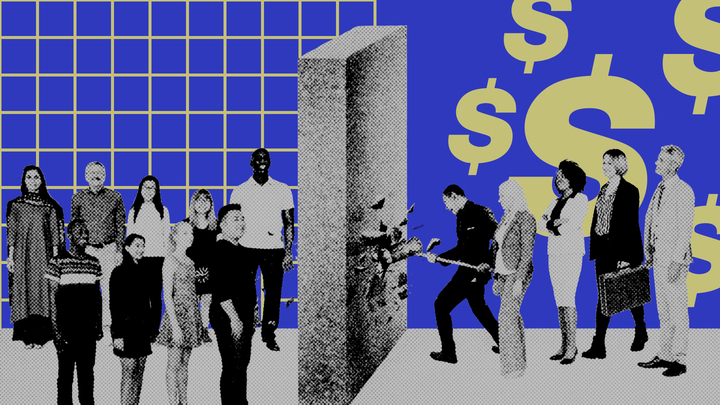By Deo MwanoCommunity resiliency in the face of challenges begins with a strong alignment between an organization’s mission and its daily work. When teams are grounded in why they exist, they are more capable of weathering uncertainty, adapting to change, and staying focused on the people they serve. For nonprofits and municipal organizations, this mission alignment—combined with resourcefulness, problem-solving skills, and the humility to ask for help—is the foundation of long-term strength.At DMC, we have witnessed firsthand how our partners across the nonprofit and municipal sectors overcome adversity by centering their mission. Their commitment to creating positive impact becomes the fuel that keeps them moving forward, even when the challenges feel overwhelming.A Resilient Mindset Must Come Before the ChallengeResiliency cannot begin at the moment the crisis arrives—it must be cultivated long before. When leaders anticipate that challenges will come and build mental and operational strategies in advance, their organizations are far more equipped to respond calmly and effectively.Building internal capacity is critical. This includes running scenario-based exercises, imagining different types of difficulties, and identifying potential pathways through them. Reflection is a powerful tool:What have you or your organization done in the past when similar situations occurred?If you’ve never faced a specific challenge, how can you mentally prepare for it?How will your leadership team show up—not just in action, but in mindset?Leaders should ask themselves: What do I need to remain grounded, calm, and strategic during difficult times? Resiliency is about staying hopeful, resourceful, and committed to finding solutions rather than allowing fear or scarcity thinking to take the lead.Even though scenario planning is hypothetical, fully stepping into the imagined situation—feeling the emotional response, noticing the instinctive reactions, and visualizing how you will remain grounded—builds resilience. Practicing discomfort prepares the mind and body to normalize future challenges and respond with clarity.Leadership Preparedness: Role-Playing the Hard MomentsLeaders must empower themselves and their teams to rehearse what challenging situations will look and feel like. Role-playing helps clarify responsibilities, strengthen communication, and, importantly, establish a shared mental and emotional approach.One of the most common gaps we see at DMC is that organizations make assumptions about how individuals or teams will respond during crises—but these assumptions are never discussed or demonstrated. When the challenge arrives, each person reverts to their personal coping style, which may not align with what the situation requires.This is why organizations benefit from clearly defining and demonstrating “How We Approach Difficult Situations.” Aligning on approach—not just tasks—gives teams confidence, trust, and a shared framework for action. This dramatically increases the likelihood of overcoming the challenge together.Resiliency Requires Multiple Pathways ForwardSome people give up when the challenge emerges. Others give up after Plan A fails. True resiliency is the commitment to keep going: to develop Plans B, C, D, and sometimes E and F. Every alternative approach is an opportunity to learn, adapt, and increase the chances of success.Resiliency is not about perfection—it is about perseverance, creativity, and mission-driven action. When organizations cultivate a proactive mindset, strengthen internal alignment, and prepare their teams mentally and strategically, they build the capacity not just to withstand challenges, but to grow through them.
The DMC Community Transformation Team brings over 25 years of combined experience, collaborating with nonprofits, cities and towns, grant makers, and other nonprofits to make a positive impact. DMC has successfully created programs and campaigns that bridge diverse communities, addressing root causes of problems and facilitating sustainable solutions.






